Introduction
Eight-Treasure Porridge, also known as Bababao Zhou in Mandarin, is a traditional Chinese dish celebrated for its rich flavors, nutritional diversity, and cultural significance. Comprising a harmonious blend of grains, legumes, dried fruits, nuts, and sometimes sweeteners, this porridge has been a staple in Chinese cuisine for centuries. Its name derives from the eight primary ingredients, though variations often exist depending on regional preferences and seasonal availability. A common query among both culinary enthusiasts and practical home cooks is whether this beloved dish can be prepared using boiling water alone, bypassing the traditional stovetop simmering method. This article delves into the science, culture, and practicality of preparing Eight-Treasure Porridge with boiling water, examining the implications for texture, flavor, nutrition, and authenticity.
The Traditional Preparation Method
To appreciate whether boiling water can replicate the classic Eight-Treasure Porridge experience, one must first understand its conventional preparation. The dish typically involves slow-cooking a medley of ingredients such as glutinous rice, red beans, lotus seeds, dried longan, jujube dates, barley, mung beans, and lilies. These components are often soaked overnight to soften tougher elements like beans and seeds, then simmered gently for hours in a pot of water. The slow cooking process allows the grains to absorb liquid gradually, resulting in a creamy, viscous texture while preserving the integrity of each ingredient.
The simmering phase is critical for several reasons. First, it breaks down complex carbohydrates in legumes and grains, making them easier to digest. Second, it meld the flavors of sweet dried fruits with the earthy notes of beans and the subtle floral undertones of lotus seeds or lilies. Finally, the extended cooking time ensures that harder ingredients, such as red beans or barley, achieve a tender consistency without turning mushy.
The Boiling Water Method: Theory and Practice
The idea of using boiling water to prepare Eight-Treasure Porridge stems from the desire for convenience. In modern fast-paced lifestyles, many seek shortcuts to enjoy traditional dishes without investing hours in the kitchen. The question arises: Can boiling water, poured over pre-mixed ingredients and left to steep, achieve a comparable result?
Instant Porridge Mixes and Modern Adaptations
Commercial instant porridge mixes often leverage boiling water as a quick-cooking method. These products typically use pre-cooked, dehydrated ingredients that rehydrate rapidly when exposed to hot liquid. For example, freeze-dried fruits, puffed grains, and powdered sweeteners dissolve quickly, creating a passable porridge in minutes. However, such mixes rarely replicate the depth of flavor or texture of the traditionally prepared version. The absence of slow simmering means the ingredients lack the opportunity to develop complex flavor profiles through caramelization or Maillard reactions, which occur during prolonged heating.
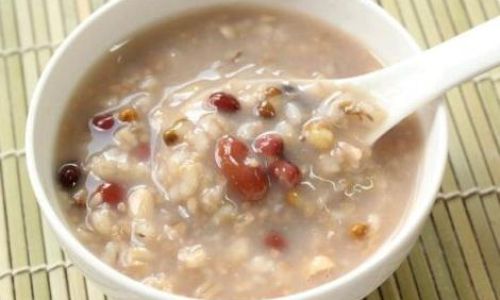
Homemade Adaptations: Challenges and Limitations
For those attempting to use boiling water with non-commercial ingredients, several challenges emerge. Tough ingredients like red beans or lotus seeds require prolonged exposure to heat to soften adequately. Boiling water alone may not provide sufficient thermal energy to break down these components fully, resulting in a porridge with uneven texture—some ingredients mushy, others still firm. Additionally, without stirring and gradual evaporation, the porridge may remain watery rather than achieving the desired thick, cohesive consistency.
The Role of Soaking
One potential workaround is pre-soaking ingredients before adding boiling water. Soaking grains and legumes in cold water for several hours (or overnight) hydrates them, reducing cooking time. However, even pre-soaked ingredients may not soften completely when exposed only to boiling water, as the steeping process lacks the agitation and sustained heat of simmering.
Flavor and Texture: A Comparative Analysis
Texture and flavor are the two pillars of Eight-Treasure Porridge’s appeal. The traditional method excels in both aspects due to the interplay of ingredients during slow cooking. For instance, the starch from glutinous rice thickens the broth, while dried jujubes and longan impart a natural sweetness that permeates the porridge. Lotus seeds and lilies add a delicate floral note, while red beans contribute a subtle earthiness.
In contrast, boiling water preparations often yield a thinner, less unified texture. Ingredients may clump together or settle at the bottom of the bowl, creating an uneven mouthfeel. Flavor-wise, the absence of slow simmering means the ingredients’ natural sugars and aromatics remain underdeveloped, resulting in a one-dimensional taste profile.
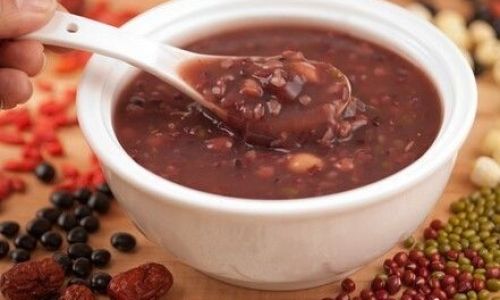
Nutritional Considerations
Nutritionally, Eight-Treasure Porridge is prized for its balance of macronutrients and micronutrients. Legumes provide plant-based protein and fiber, while dried fruits offer vitamins and antioxidants. The slow cooking process aids in nutrient bioavailability, as heat breaks down phytic acid—a compound in grains and legumes that can inhibit mineral absorption.
Using boiling water may slightly alter the nutritional profile. While instant mixes often retain basic nutrients, the rapid rehydration process might not neutralize phytic acid as effectively. However, if ingredients are pre-cooked or sprouted before dehydration (as in some commercial products), nutrient absorption could improve. For homemade versions, pre-soaking and boiling water may still offer health benefits, albeit with potential trade-offs in texture and flavor complexity.
Cultural and Practical Implications
The debate over boiling water versus traditional simmering touches on broader themes of cultural preservation versus modern convenience. For many, the ritual of preparing Eight-Treasure Porridge—soaking ingredients overnight, tending to a simmering pot, and savoring the result—is integral to its appeal. This process embodies patience, mindfulness, and connection to tradition, values increasingly cherished in a hurried world.
However, practicality cannot be dismissed. In settings lacking stovetop access, such as offices, dormitories, or during travel, boiling water offers a viable alternative. Moreover, individuals with limited mobility or time may rely on this method to enjoy the dish’s nutritional benefits without extensive preparation.
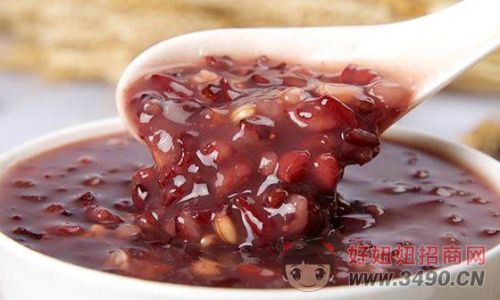
Expert Opinions and Culinary Experiments
Culinary experts generally advocate for the traditional method, citing its unparalleled results. Chef Susan Jung, in her column for the South China Morning Post, notes that “the slow dance of heat and time transforms humble ingredients into a symphony of flavors and textures that no shortcut can replicate.” Similarly, nutritionist Dr. Li Wei emphasizes the digestive benefits of slow cooking, stating, “Prolonged simmering breaks down tough fibers, making the porridge gentler on the stomach.”
Yet, some chefs experiment with hybrid methods. For example, using a pressure cooker with boiling water can reduce cooking time significantly while maintaining texture. Others recommend partially cooking ingredients beforehand, then finishing with boiling water to achieve a compromise between convenience and authenticity.
Conclusion: Striking a Balance
In conclusion, while Eight-Treasure Porridge can technically be prepared using boiling water—particularly with pre-processed ingredients or instant mixes—the results differ markedly from the traditional stovetop version. Boiling water sacrifices some depth of flavor, texture complexity, and cultural resonance in exchange for speed and convenience.
For purists, the slow-cooked method remains non-negotiable. For others, boiling water offers a gateway to enjoying this nutritious dish when time or resources are limited. Ultimately, the choice hinges on individual priorities: whether to prioritize authenticity or practicality. Regardless of the method, Eight-Treasure Porridge endures as a testament to the art of balancing nourishment, flavor, and tradition—a humble bowl of comfort that transcends culinary boundaries.
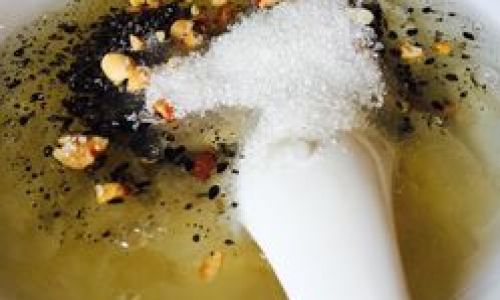
Final Thoughts
The question of whether boiling water can substitute for traditional simmering is more than a technical inquiry; it reflects the evolving relationship between food, culture, and modernity. As kitchen technologies advance and lifestyles shift, the ways we engage with time-honored dishes like Eight-Treasure Porridge will continue to adapt. Yet, the essence of this beloved porridge—its ability to nurture body and soul—remains timeless, whether simmered slowly over a flame or steeped swiftly in a mug of boiling water.

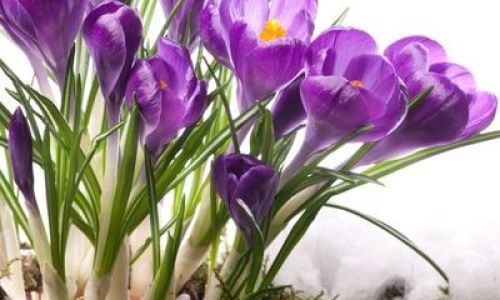
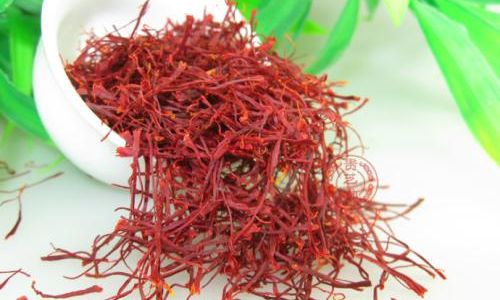
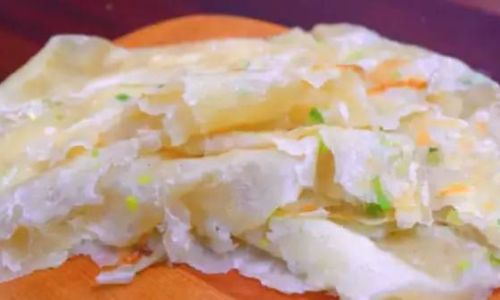
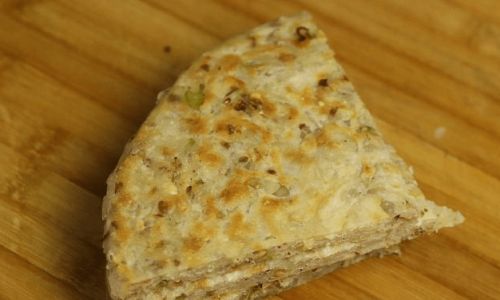

0 comments